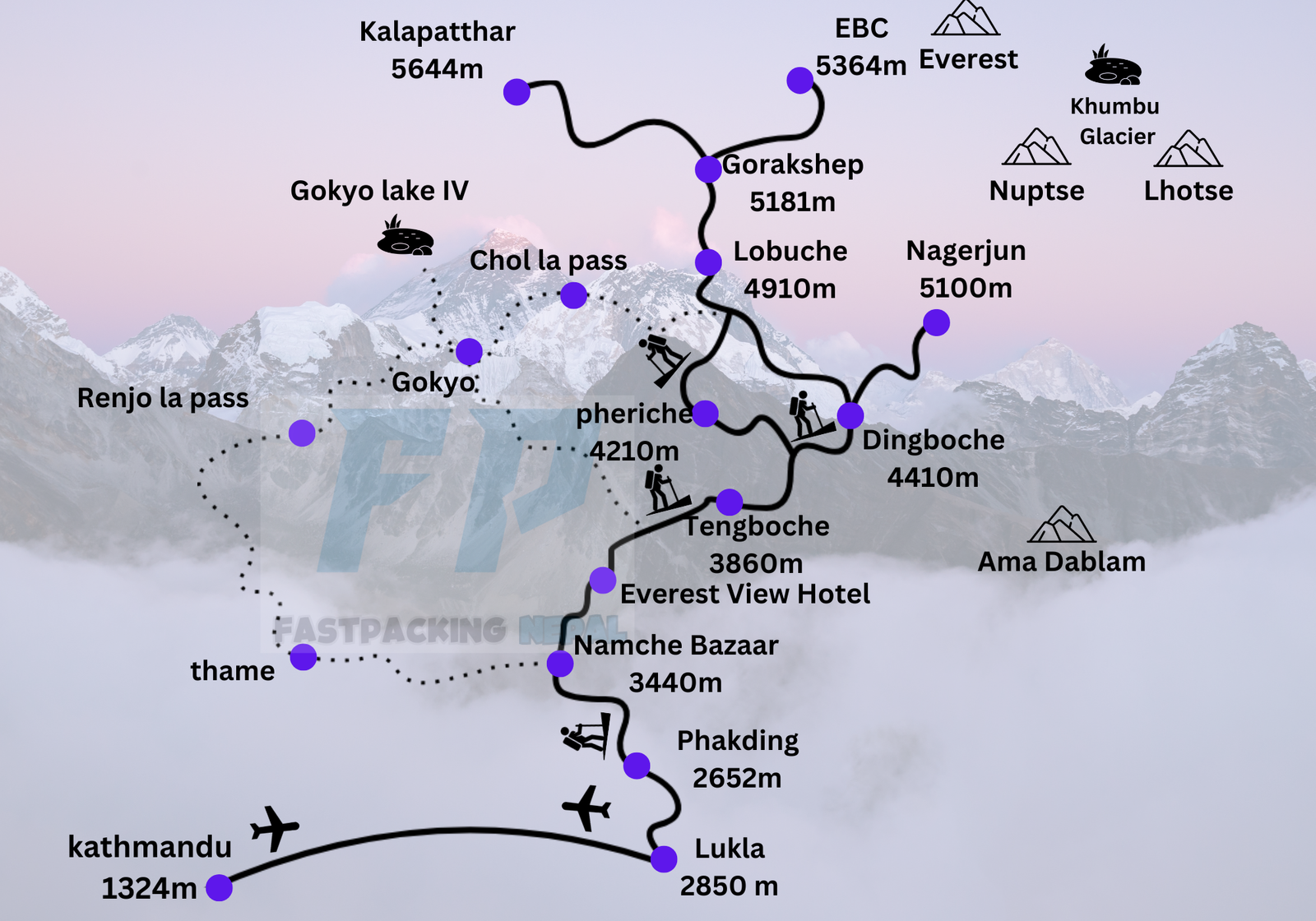Everest Base Camp Fastpacking
Fastpacking Overview
Everest Base camp is one of the most loved trails in Nepal by both foreigners and Nepalese. Fastpacking in Everest base camp will help trekkers to pack their bags lightly and complete the tough trail in lesser days by light jogging and running. Everest Base Camp trek is one of the longest trekking trails of Nepal.
The trek starts from Lukla at an altitude of 2860m. Lukla is the gateway to Mt. Everest Summit and Everest Base Camp Trek. Fastpacking to Everest Base Camp might be tougher compared to other trails but, The harder the trek the better the view you will get. The Everest base camp (kala patthar) is at an elevation of 5,644m. It offers a stunning view of mighty mount everest and you will be surrounded by mountains from all sides.
You will be surrounded by the sherpa community, learn about their culture and history of their climbing. Sherpas are the cornerstone of Nepalese Mountain Climbing. Tenzing Norgay Sherpa and Sir Edmund Hillary were the first people to summit the mighty mount everest in 1953. The sherpas mountaineering journey started from there.
Fastpacking Description
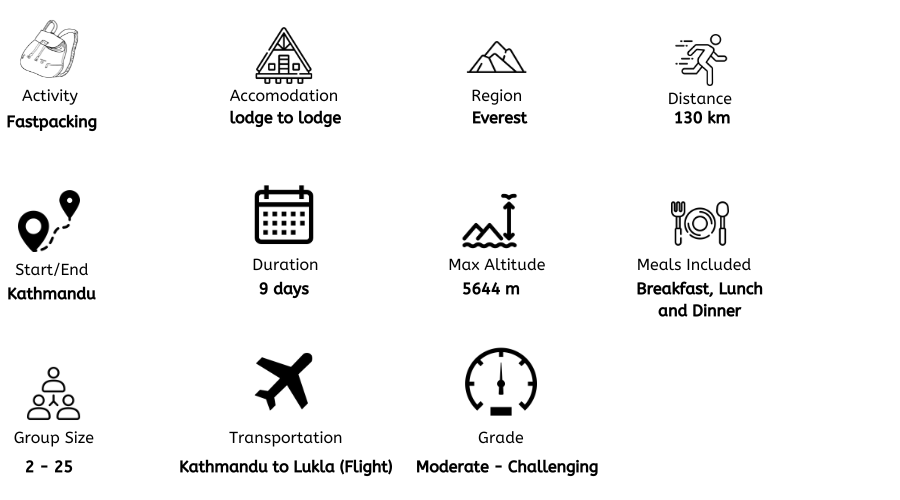
Fastpacking Everest Base Camp Key Highlights
- Base of the highest mountain in the world (Mount Everest) at 8,848 m.
- View of other mountains like Lhotse (8516 m), Makalu (8,463 m), Cho Oyu (8,188 m), Ama Dablam (6,812 m), Nuptse (7,861 m) etc.
- Meet Sherpa community and learn about their mountaineering history.
- Explore the sherpa community monasteries.
- Endangered species of Birds like Bearded Vulture, Snowcock, Alpine Chough, Blood Pheasant in sagarmatha National Park.
- Magical view of Kala Patthar.
- Beautiful Rhododendron flowers along your way.
Fastpacking Everest Base Camp Itinerary
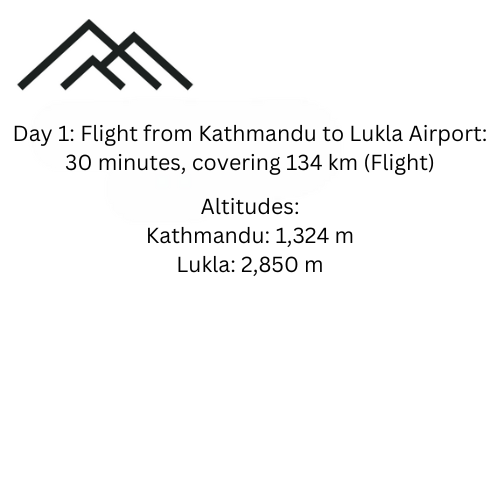
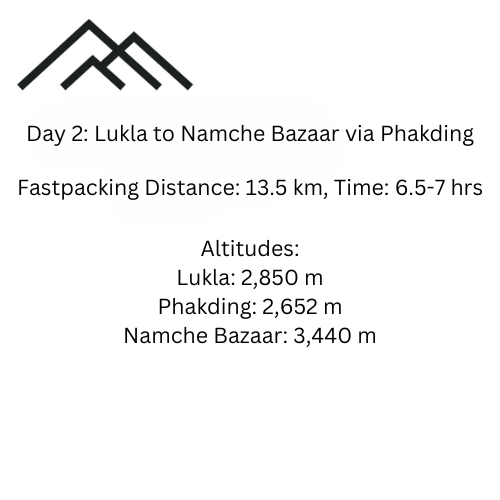
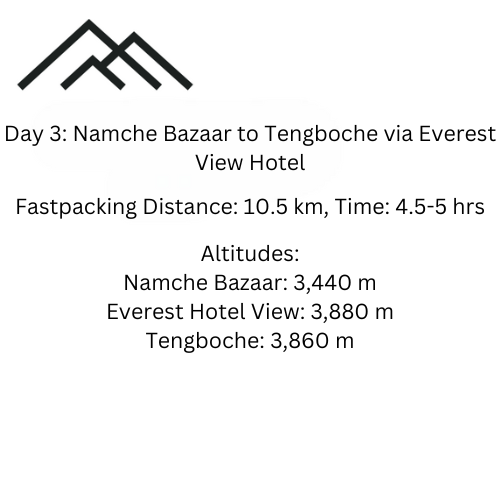
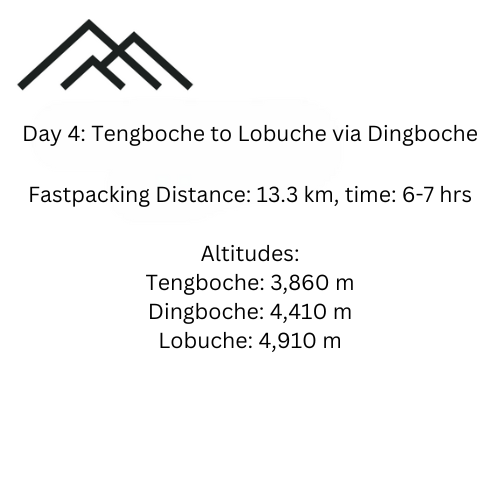
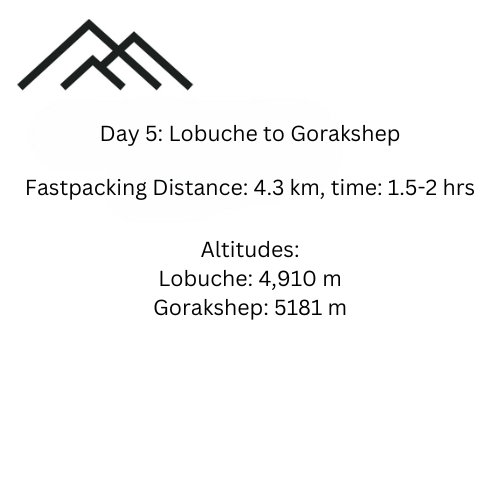
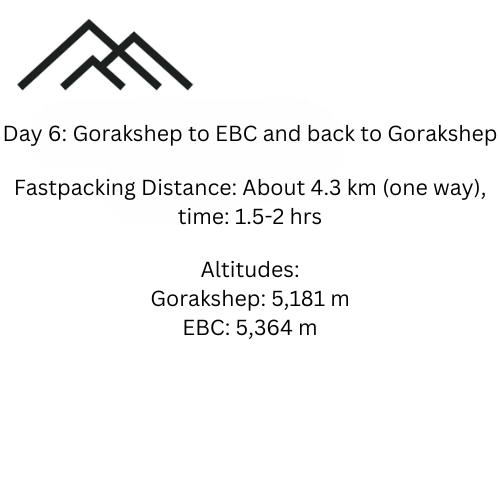
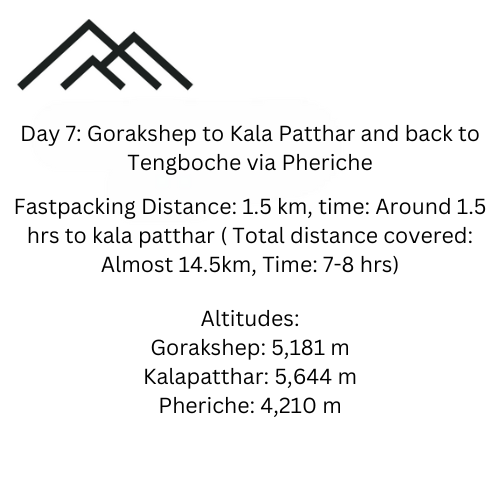
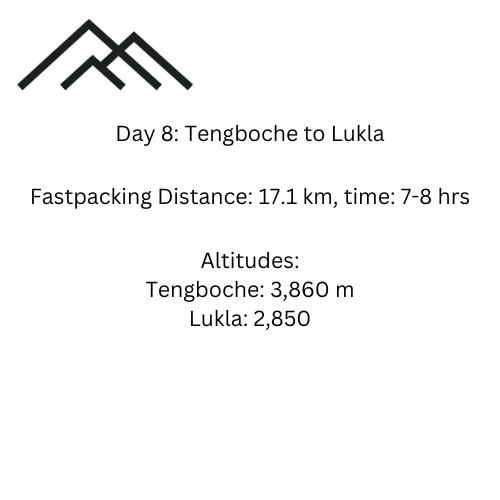
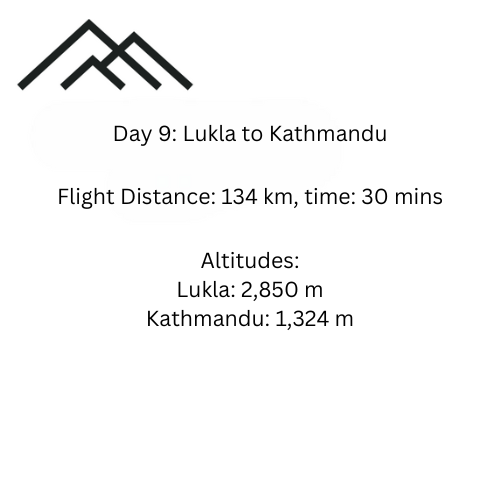
Best season for Everest Base Camp fastpacking
Spring and Autumn seasons are the best time to fastpack to Everest Base Camp. These seasons have mild climate conditions which will help you run and cover the distance quickly. You will be able to witness the beautiful landscapes, wildlife, forests throughout the journey.
Fastpacking Everest Base Camp Gears and Accessories
Clothing Top:
Sunglasses
Beanie
Sunhat
Sunscreen
Bandana
Headlamp or Flashlight
Clothing Bottom:
Long Sleeve and short Sleeve Shirt, merino wool or Synthetic.
Bring a light puffy jacket with a hood and a down jacket.
Light rain shell and wind shell jackets.
Running Shorts, Tech pants, Puffy pants
Sleeping bag
Tech pants and a pair of long underwear instead
Many pairs of underwear
Feet:
Normal trail running shoes
Pack 2-3 pairs of socks + thicker pair for around camp
Some chemical warmers for when we cross the high altitude
As we will cross 5000m+ pack crampons or microspikes
Sleeping:
Sleeping Bag for -20° C
Sleeping Liners
As we will sleep in tea houses we don’t need to camp
Miscellaneous:
A 30I pack for most of our adventures should be more than adequate
Water Bottles and Bladders
Travel Medicines
Personal Hygiene kit
Pocket money nepali cash
Passport or photocopy of passport
Emergency Contact Sheet
Towels and slippers
Physical Preparation and training
Everest Base Camp trek can be challenging for some people because of its altitude. The Highest altitude covered will be 5644 m. One should make sure they are physically fit to trek this trail.
Endurance:
- Build a solid aerobic base by training for at least 4-5 days a week for 30-90 minutes working up to logging miles/hours on feet through running, hiking, cycling, or using the treadmill at an incline.
- As the trek approaches, begin implementing longer workouts (2-4 hours) carrying weight in your daypack while ascending steep hikes or stairs to simulate trail conditions.
- On terrain, the target covers 8-12 miles daily while ascending to 1000m to train muscles to handle Nepal’s steep trails.
Strength:
- Complement endurance workouts with lower body and core strengthening 2-3 days a week. Focus on squats, lunges, deadlifts, planks, and toes to bar. Carry weights/resistance for added difficulty.
- Building leg and glute power helps propel each step while core fitness supports overall posture for carrying packs and prevents injury.
Balance:
- Practice balancing poses like single-leg deadlifts and pistol squats which mimic stabilizing steps on uneven mountainous ground.
- Agility drills like lateral hops to build stability are helpful for micro-adjustments placing boots on narrow Himalayan Trails.
Running Practice:
- Practice running with the shoes you are planning for the fastpacking journey.
- Fill your backpack with your clothes, sleeping bags, and other necessities during your training.
- Make sure you have practiced with everything you need during fastpacking, just mimic the conditions at least once.
Fastpacking Everest Base Camp Trek Map and Altitude Chart
